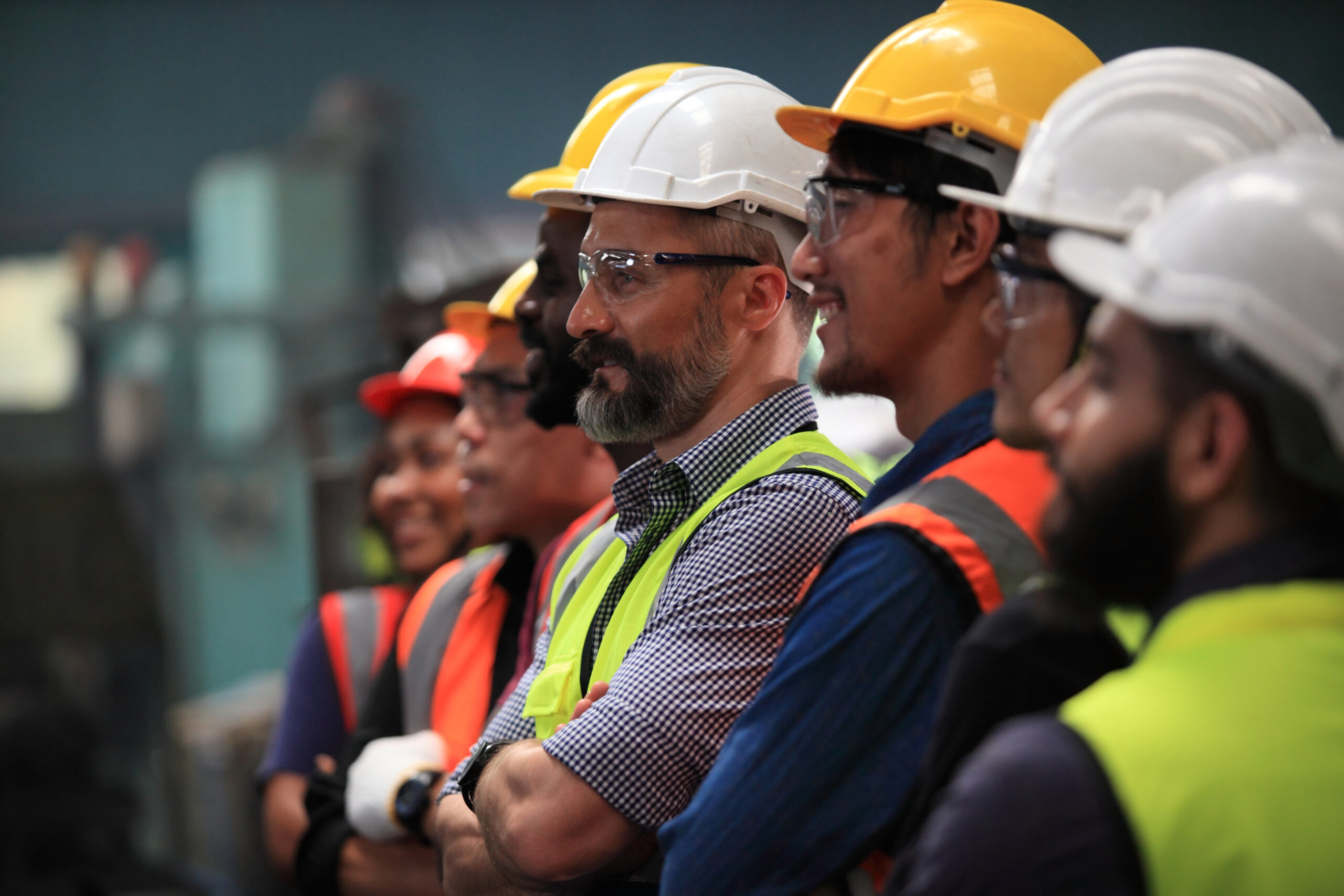Amy King on why wellbeing initiatives fail and her personal call to action for all organisations and their leaders
It took a global pandemic for organisations to wake up to the need to support employee mental health. Since 2020, Westfield Health report that 75% of organisations now have wellbeing programmes in place and over a third have increased spend in this area since the pandemic. The ongoing global health crisis and uncertainty we have been experiencing since 2020 has also meant that mental health has become a top priority for 98% of CEOs, according to a report released by Deloitte earlier this year.
Whilst there have been many positives, many of us have become inundated with wellbeing services, solutions, talks, apps, campaigns and messages that fill our inbox, time and minds. This in itself can be overwhelming and begs the question, do these wellbeing solutions really address our core problem? Or do they miss the point? Are we just being showered by toxic positivity to ‘be well’ when really there could be a deeper, more systemic problem that needs to be addressed? Within organisations, we are in danger of developing ‘compassion fatigue’ – whereby well-intended wellbeing initiatives become HR tick-boxes that don’t really address the struggle we face every day.
The reality is that organisations are not doing enough.
If we are to address workplace mental health, we have to wake the sleeping giant of unhealthy, unsustainable and often toxic workplace cultures. Organisations need to do the work to really unpack the root causes of chronic stress, fatigue and burnout – that research shows is often caused by our systemic working practices, habits and attitudes. This is a very real trend, with a recent report by Mindshare flagging that an overwhelming 84% of people report that at least one workplace issue negatively impacted their mental health in 2021. For young people and underrepresented groups, mental health was affected more severely.
To address workplace mental health, we have to wake the sleeping giant of unhealthy, unsustainable and often toxic workplace cultures
This is admittedly a wider societal issue. In the past 50 years, the ‘office as a factory’ model has meant we have developed working norms of unrealistic continuous productivity, overworking and even ‘purpose-led’ work to justify a means to an end. Even if you love your job, this does not mean you are protected from the perils of burnout. Research by Yale University highlights that one out of five employees report both high engagement and high burnout; a chronic state of stress that leads to exhaustion, personal detachment and feelings of worthlessness – a so-called ‘doom loop’. Those who were highly engaged and exhausted showed many high-performance behaviours – yet reported the greatest turnover intentions, even higher than the unengaged group.
It is a story I can personally relate to, as I’m sure many people can. A few years ago, I was in a situation where I loved my job and the people I worked with. It felt purposeful and I felt I was part of something exciting. We also had wellbeing initiatives, including a personal nutritionist, ski-trips and socials. It took me a while to realise that I wasn’t ok. I was getting up at 5am, commuting for two hours each way, having back-to-back meetings clashing with people queuing to see me, day after day. Everyday felt like chaos, working with constant ambiguity and change that was outside of my control – there was no ‘business as usual’ and I was under immense pressure within my role. I started sleeping badly, I became more withdrawn and lonelier, more and more days felt impossible but I kept ‘pushing through’ – compromising myself to the point that I lost my confidence, became exhausted and lost sight of myself. In those moments it felt hard to speak up and be understood – the fear of being seen as weak, especially as a sole female leader in the business, was very real. Eventually I left, but the after-effects of burnout took longer to recover from.
Like many, it is safe to say that no amount of yoga, meditation or resilience training was going to change the highly toxic, unsustainable way in which I was experiencing my work life. The fundamental issue was simple; the demands were too unrealistic for too long to the point at which I couldn’t cope. Psychologists have known for decades that our environmental context, demands and dynamics impact our mental health. Within the workplace, the biggest risk factors of burnout include workload, conflict, emotionally draining work, lack of control, lack of support, volatile change and constant pressure.
It is with this insight that it becomes clear that traditional perks, benefits and initiatives will always fall short. If anything, there is a risk that the ‘ra-ra’ of feel-good wellbeing initiatives could eventually undermine and harm the overall wellbeing of people, as burnout cycles are ignored and left to fester. We need to do better. Reports indicate that 89% of employees reported symptoms of burnout in the past year and poor mental health is estimated to cost the UK economy £45 billion a year. The epidemic has become so pervasive 70% of employees report that they would leave their organisation for another employer that provides better resources and support to avoid burnout occurring.
The new era of mental health at work must therefore get to the heart of the causes and influences of stress, burnout and anxiety at work. The signs are there for organisations to see, but only if you go looking. This means leading with data and insight – a measuring cultural dynamics and working demands. It means taking a more systematic approach to addressing and changing workplace culture – from top to bottom. It means using insight to inform interventions and to measure impact. Leaders and managers have a pivotal role to play, in role modelling positive behaviours and being open, supportive and informed of things like burnout. Ultimately, organisations need to develop burnout prevention strategies and drive real cultural change.
Mental wellbeing at work is an issue for both employees and for employers. When we recognise that, we can do something about it. We can evaluate it, manage it, make improvements where things are struggling, and monitor what interventions work. But we will only ever manage this if we start asking the right questions.
Amy King is a business psychologist and co-founder of People Matter



